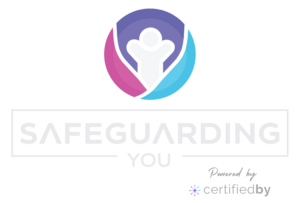Safeguarding
Kids and Clubs.
Child Safety Standards
Concussion Protocols
Mental Health & Wellbeing
And so much more!
Non-profits are the beating heart of communities, uniting people through sport, service, and shared purpose. From grassroots sporting clubs to regional associations, non-profits don’t just organise activities – they nurture friendships, teach life skills, and create safe spaces where everyone belongs.
But running a non-profit comes with unique challenges.
As a parent, you trust your club to keep your child safe. As a volunteer, you give your time and energy freely, hoping it makes a difference. And as a club official, you juggle responsibilities – ensuring compliance, managing risks, and fostering a culture of care.
At Safeguarding You, we understand these challenges, and we’re here to help.
Our tailored programs focus on Child Safety, Concussion Management and Mental Health Support, allowing clubs to meet their safeguarding responsibilities while fostering trust, inclusion, and community spirit.
Online + Realtime Programs
Protecting the Next Generation of Athletes.
You’re a parent. Every weekend, you bring your child to training or game day, trusting the club to protect them while they play the sport they love. But what if safeguarding measures aren’t in place? Without clear policies, staff training, or reporting processes, risks can go unnoticed.
Many clubs struggle to implement child safeguarding frameworks, leaving gaps in protection and increasing the risk of harm. Inadequate child safety measures erode trust, create reputational damage, and compromise the club’s role in the community.
Our child safety program equips non-profits with the tools to align with Victorian and National child safety standards, including developing policies, training staff, and managing incidents effectively. With Safeguarding You, your club can provide a safe, supportive environment that reassures parents and empowers kids to thrive.
Prioritising Player Health
You’re a coach. A player takes a hit during a game, and you wonder—was that serious? Do they need medical attention? When can they return to play? Without clear guidelines, these decisions become stressful, and you’re left questioning if you’ve done the right thing.
Concussions are a hidden danger in many sports. Often misunderstood or underreported, they can lead to severe long-term health consequences if not managed correctly. Many clubs lack the tools and education to handle concussions, putting players at risk.
Our concussion management program provides clubs with best-practice protocols for preventing, diagnosing, and managing concussions. From game-day decision-making to Return-to-Play guidelines, we align with the latest research and National concussion standards. With Safeguarding You, your club can confidently prioritise player safety and protect their futures.
Supporting Everyone in the Club Community.
You’re a volunteer. You give your time and energy freely, but you’ve noticed the signs of stress across the club. Players balancing school and sport, parents juggling commitments, and coaches stretched to their limits – it’s hard to know how to help or what resources to offer.
The pressures of competition, training schedules, and everyday life can take a toll on the mental health of players, coaches, and volunteers. Many clubs lack the resources or training to address mental health challenges, leaving people feeling unsupported.
Our mental health program empowers clubs to proactively support the wellbeing of their community. With a guided governance framework, access to workshops and resources, we help clubs create a culture of care and resilience, reduce burnout, and create an inclusive, caring environment. With Safeguarding You, your club can prioritise mental health while strengthening its sense of community.
How it Works


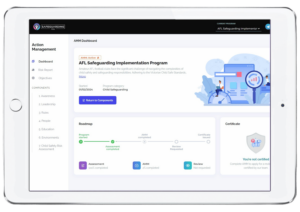
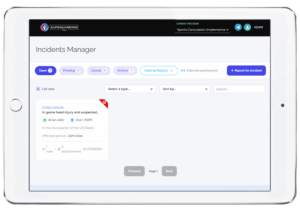
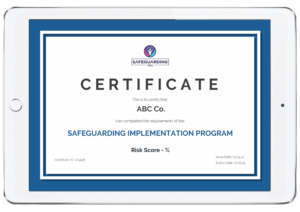

Sarah Lux
Working with Safeguarding You has been a game-changer for our community.
The platform is fast, simple and efficient for managing safeguarding and concussion, incidents, reducing stress and ensuring accurate reporting. It provides clear communication, secure data handling, and is tailored for grassroot sport’s unique needs.
Thanks to Safeguarding You, we’ve improved our safeguarding practices, reduced admin overload and created a safer environment for our players.
Safeguarding Sport
AFL
Learn how to make your AFL club safer, stronger, and smarter."
Rugby
Find out how to build a rugby club where everyone can thrive.
Safeguarding Survival Guide
Tailored for CSO’s, this guide cuts through the noise to deliver actionable strategies in Child Safeguarding.
More than just advice – it’s a blueprint for success. Avoid pitfalls, make smart decisions, and drive your organisation towards safer standards and sustainable growth. Don’t miss out on this opportunity to turn information into power.
The Child Safeguarding Survival Guide
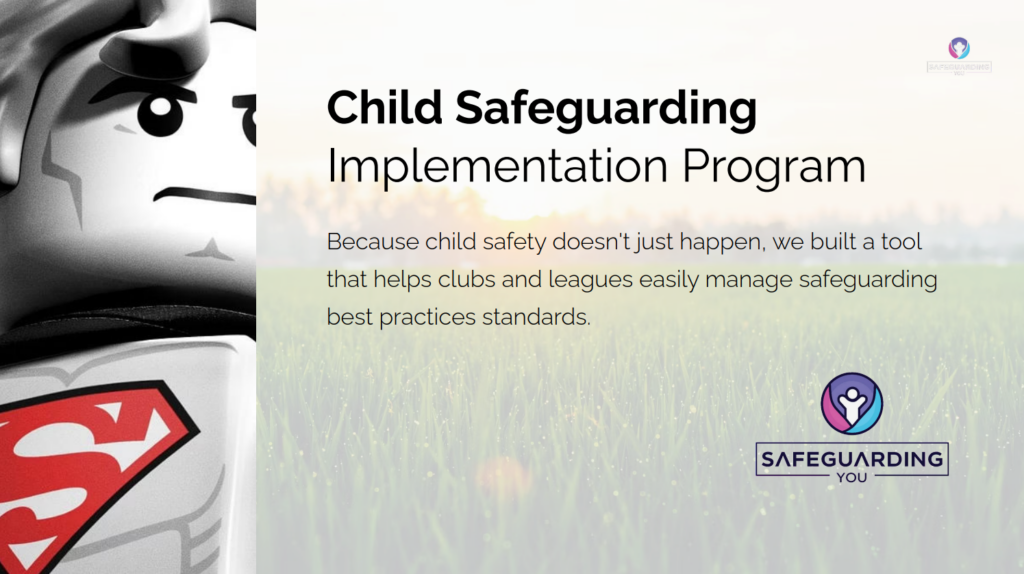
Good Vibes





